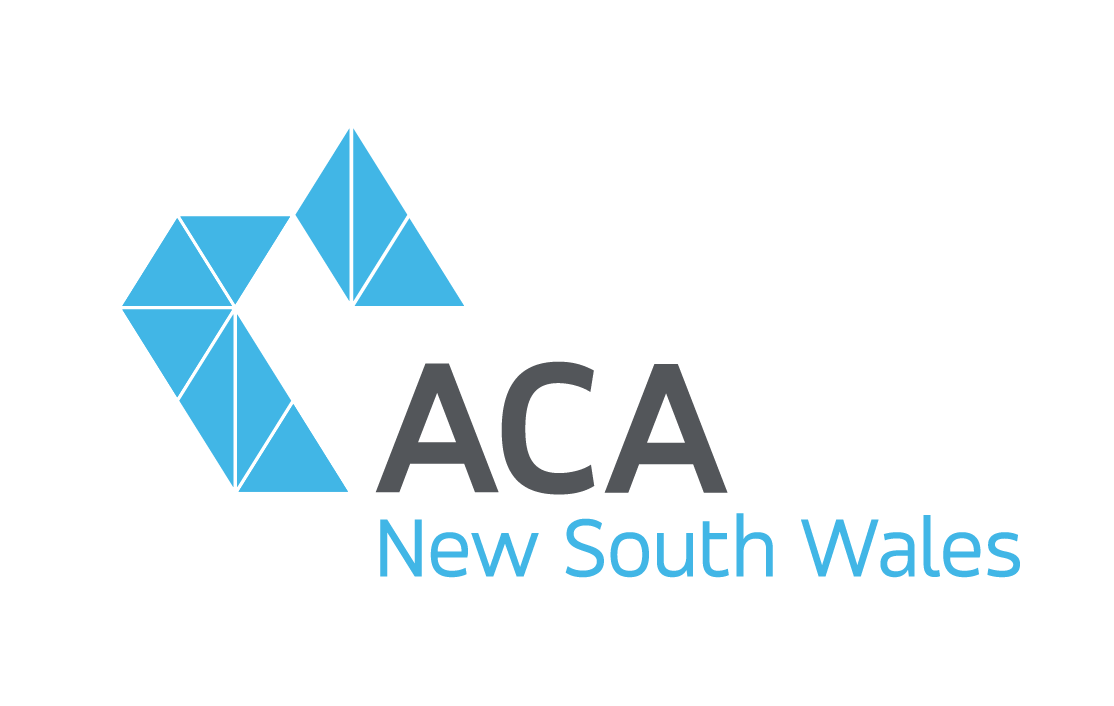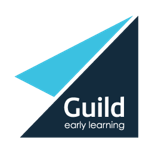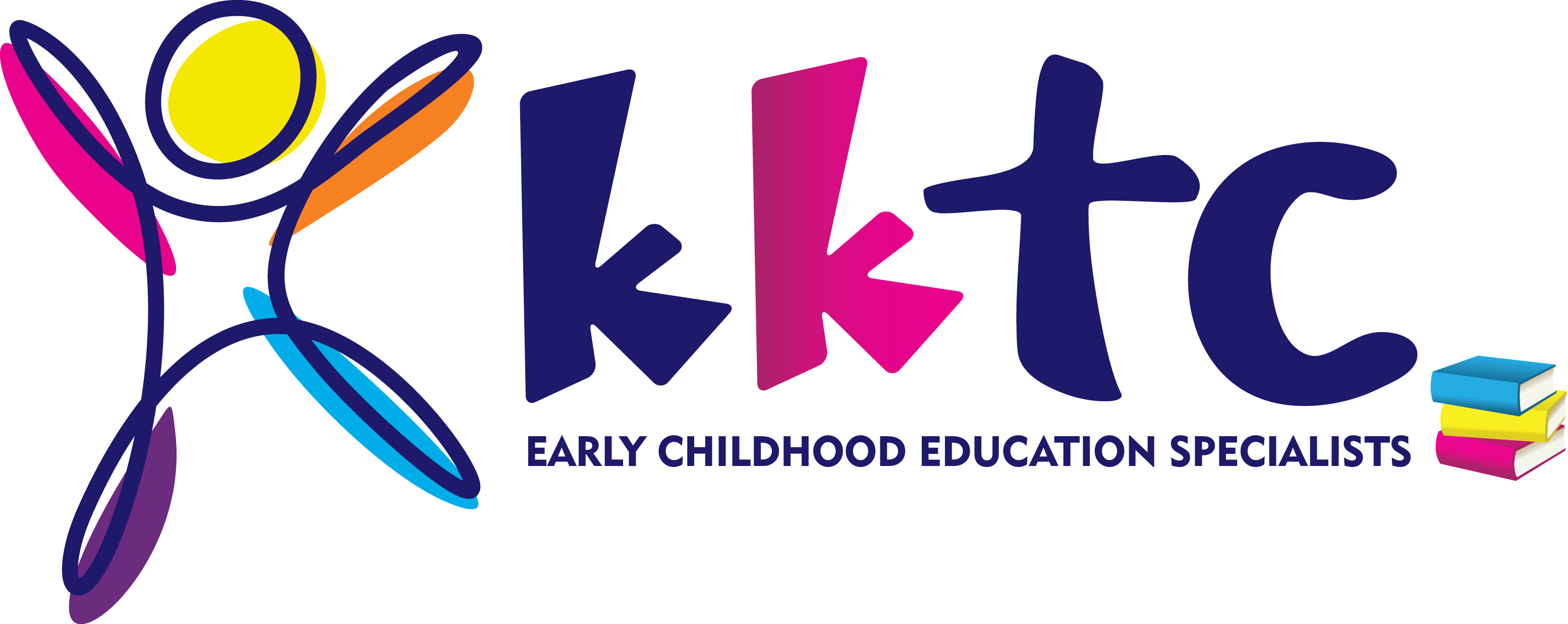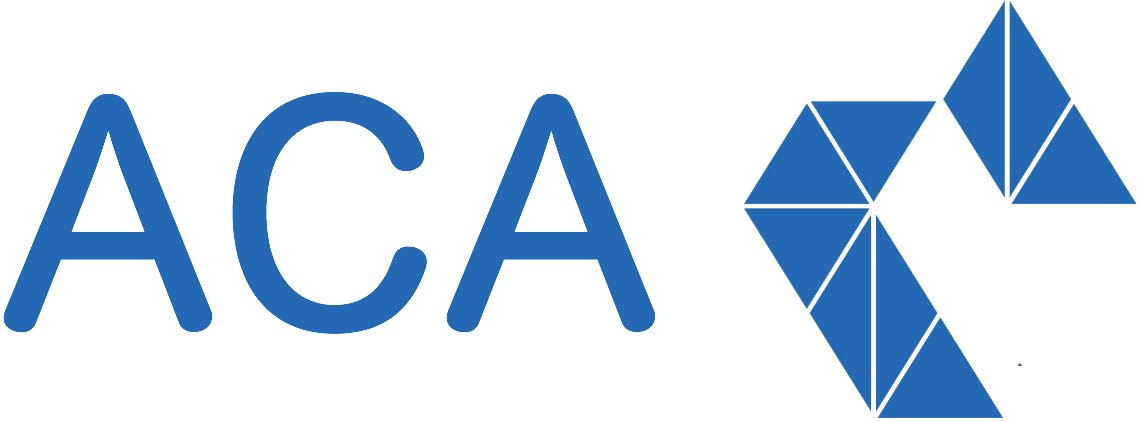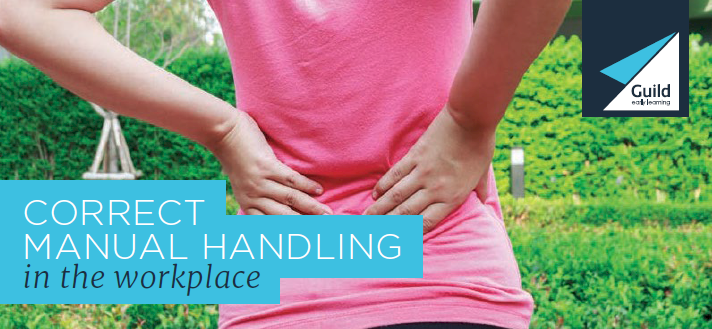
Manual handling means to use force or physical exertion to move something, by means such as pushing, pulling, lifting, carrying. Manual handling takes place continually in an early learning centre, such as when lifting or carrying children, furniture or other equipment.
When not performed appropriately, manual handling can unfortunately lead to serious and long-term injuries for employees. These injuries impact both the employee as well as the early learning centre which employs them. Therefore, it’s imperative that both employees and employers understand the risks of manual handling within their profession, and specifically their workplace, and understand how they can reduce those risks and lessen the likelihood of staff being injured.
In all workplaces, manual handling is one of the most common and costly cause of injury.
Statistics for 2012-2015 reveal that[1]:
- In 2014-15 over 43% of serious, work-related injuries were caused when handling or moving objects.
- 41% were from lifting, carrying, or putting down objects and 17% happened while handling objects.
- In the four-year period, more than 150,000 workers were injured, 7 died and more than 1400 were permanently disabled in NSW workplaces as a result of manual tasks.
Employer’s responsibility
All employers have a responsibility to create a safe workplace for their employees. This safe workplace relates to manual handling risks as well as other potential risks, such as the employee’s emotional wellbeing.
To reduce the likelihood of manual handling injuries within an early learning centre, the employer must:
- Identify areas or tasks which may pose a manual handling injury risk
- Assess the likelihood of those injuries occurring and the possible consequences or impact should they occur
- Identify and put into place strategies to lessen the likelihood of those injuries occurring
Manual handling injuries
The following information provides a brief description of some common injuries experienced by employees in early learning centres due to manual handling.
- Back – bulging discs due to lifting heavy boxes off a shelf
- Neck/shoulders – a strained neck due to reaching for items while changing a child’s nappy
- Arms/wrists – elbow pain due to repetitive movement of furniture around the centre
- Hips, knees and ankles – knee ligament damage caused by lifting a child who has fallen over
Reducing the likelihood of injuries
The Hierarchy of Control is a well-recognised system for reducing exposure to risks and hazards. The controls are presented in order of effectiveness for reducing the risk, with the most effective coming first.
The hazard controls are:
Elimination: this means physically removing the hazard. For example, making the manual task of opening a heavy gate automated by using a remote control. However not all hazards can be eliminated as this would mean a business may not be able to operate, therefore other less effective controls are more appropriate for some hazards.
Substitution: this requires replacing something which is hazardous with something less hazardous. For example, large boxes of stock might be replaced with smaller boxes, meaning staff only need to lift lighter boxes.
Engineering controls: this means creating a physical change to the workspace to remove people from the hazard. For example, lowering the sides of a cot so staff don’t have to lean down over the sides.
Administration: this requires changes to the way people work, such as by implementing new policies, undergoing additional training or placing warning notices around the workplace.
Personal protective equipment (PPE): this requires staff to don protective equipment, such as gloves when handling children’s food or changing nappies.
Task modification is another way the likelihood of injuries can be reduced. This means changing the way certain tasks are performed so they’re performed in a safer manner. Examples of this include:
Decrease the weight of object being handled – this might mean pulling furniture or equipment apart to transport it, or it might mean taking some objects out of a box before attempting to carry it.
Use two or more people to move heavy or large objects – staff need to be encouraged to seek assistance from colleagues and not try to do things alone when doing so will be dangerous.
Pushing rather than pulling or carrying – this creates less stress on the body and is therefore less likely to lead to an injury.
Reduce the frequency of manual handling – early learning educators can’t eliminate manual handling from their work, however doing all that is possible to reduce how often manual handling occurs is a positive step.
Raise work surfaces where possible – raising cot heights is a way to reduce the need for early learning educators to bend down too far when picking up children.
Alternate tasks – having staff carry out different tasks avoids too much repetition of the same task; repetition of manual handling tasks increase the risk of injuries.
In summary…
Don’t think serious injuries won’t happen in your workplace, Guild Insurance sees many examples where exactly that has occurred. And these injuries can result in a long time off work and modified tasks once the employee has returned. Therefore, all staff need to take seriously their role in following safe manual handling practices.
Guild Insurance Limited ABN 55 004 538 863, AFS Licence No. 233 791. This article contains information of a general nature only, and is not intended to constitute the provision of legal advice. Guild Insurance supports your Association through the payment of referral fees for certain products or services you take out with them.
[1] SafeWork NSW, https://www.safework.nsw.gov.au/hazards-a-z/manual-tasks
